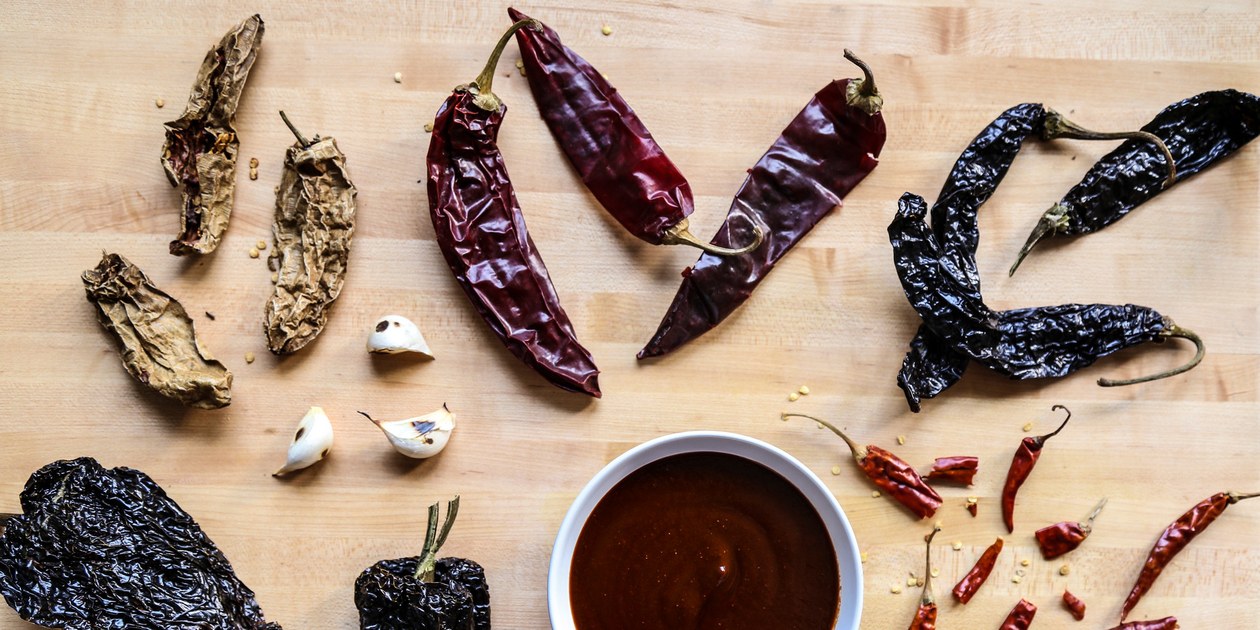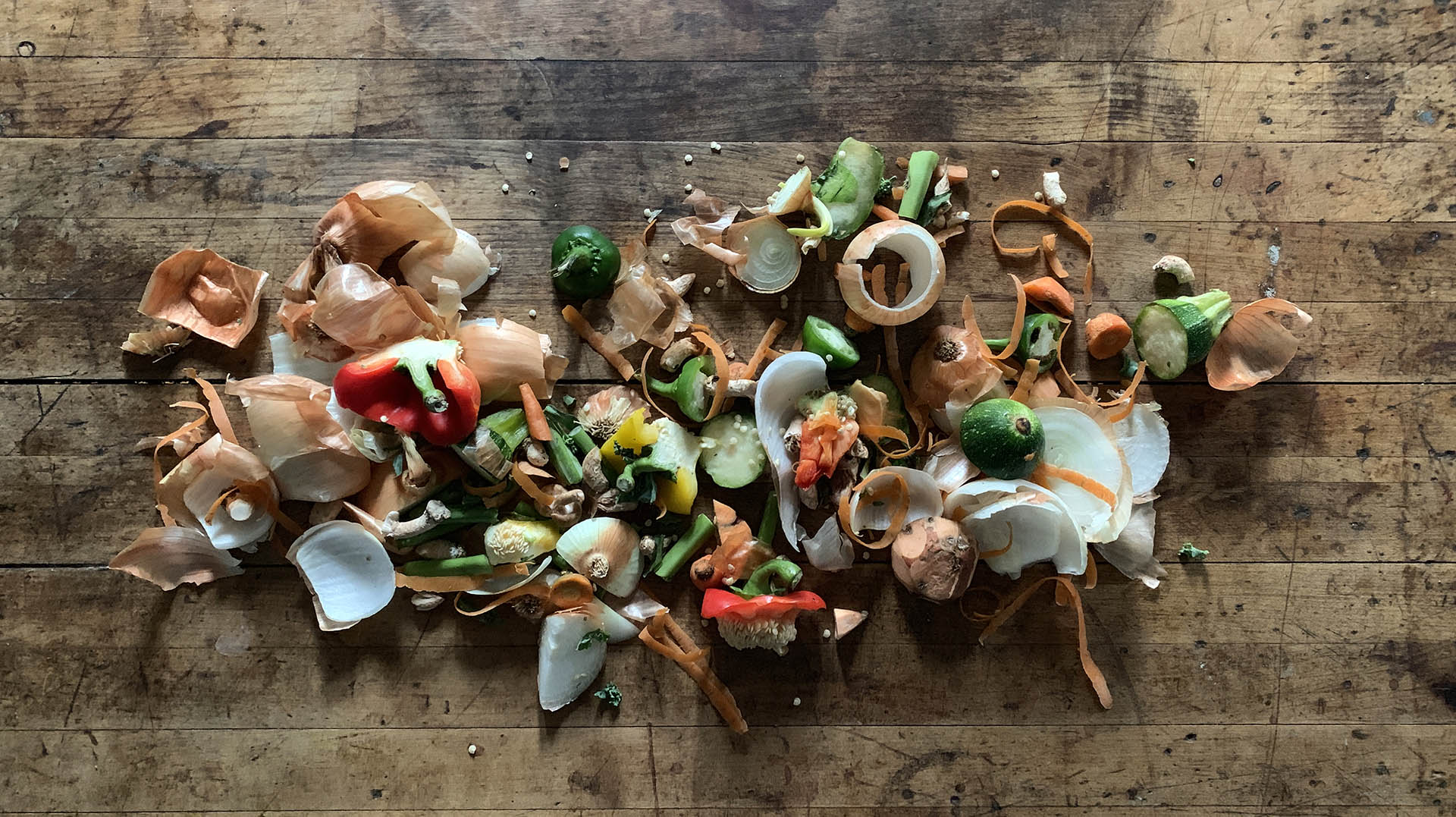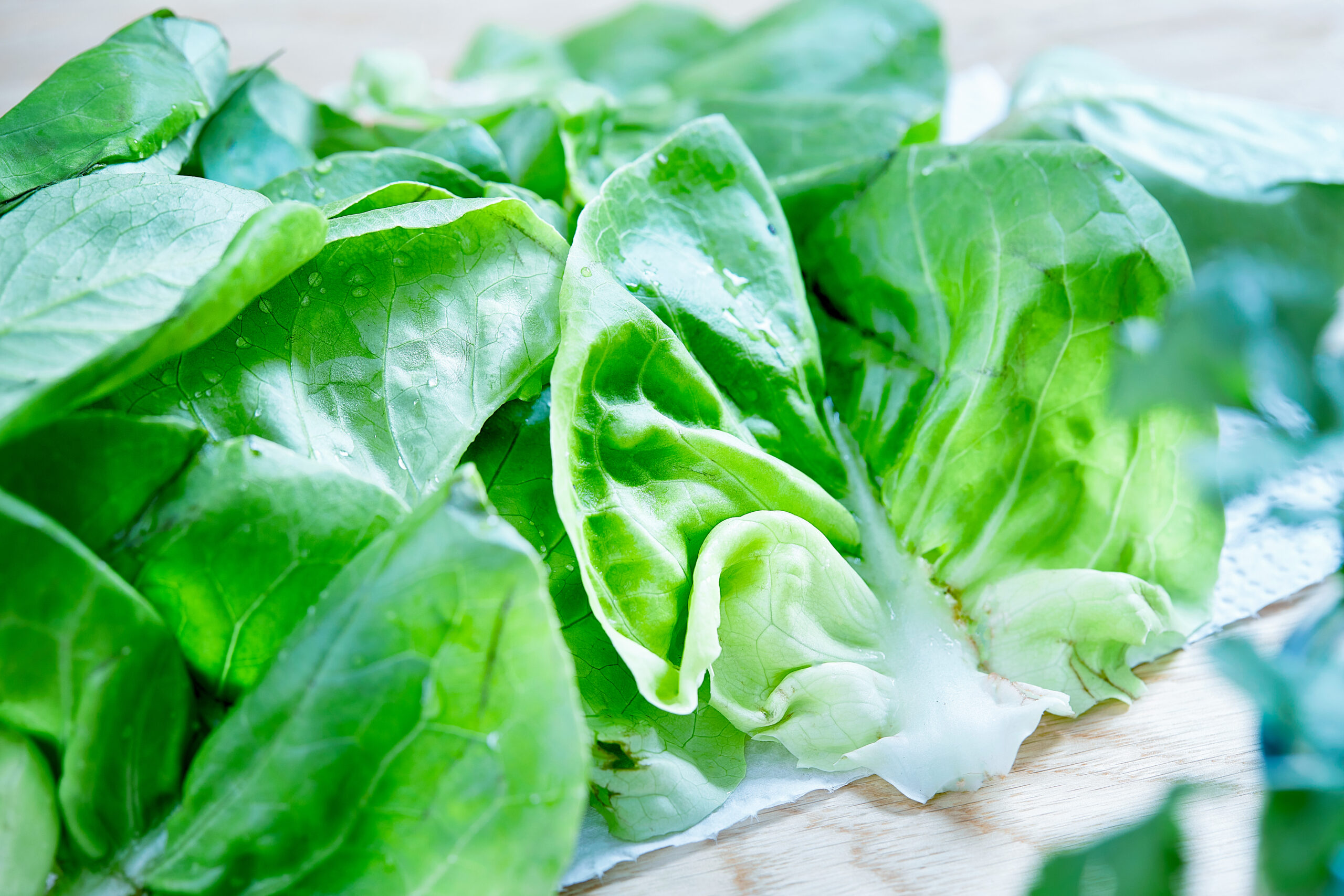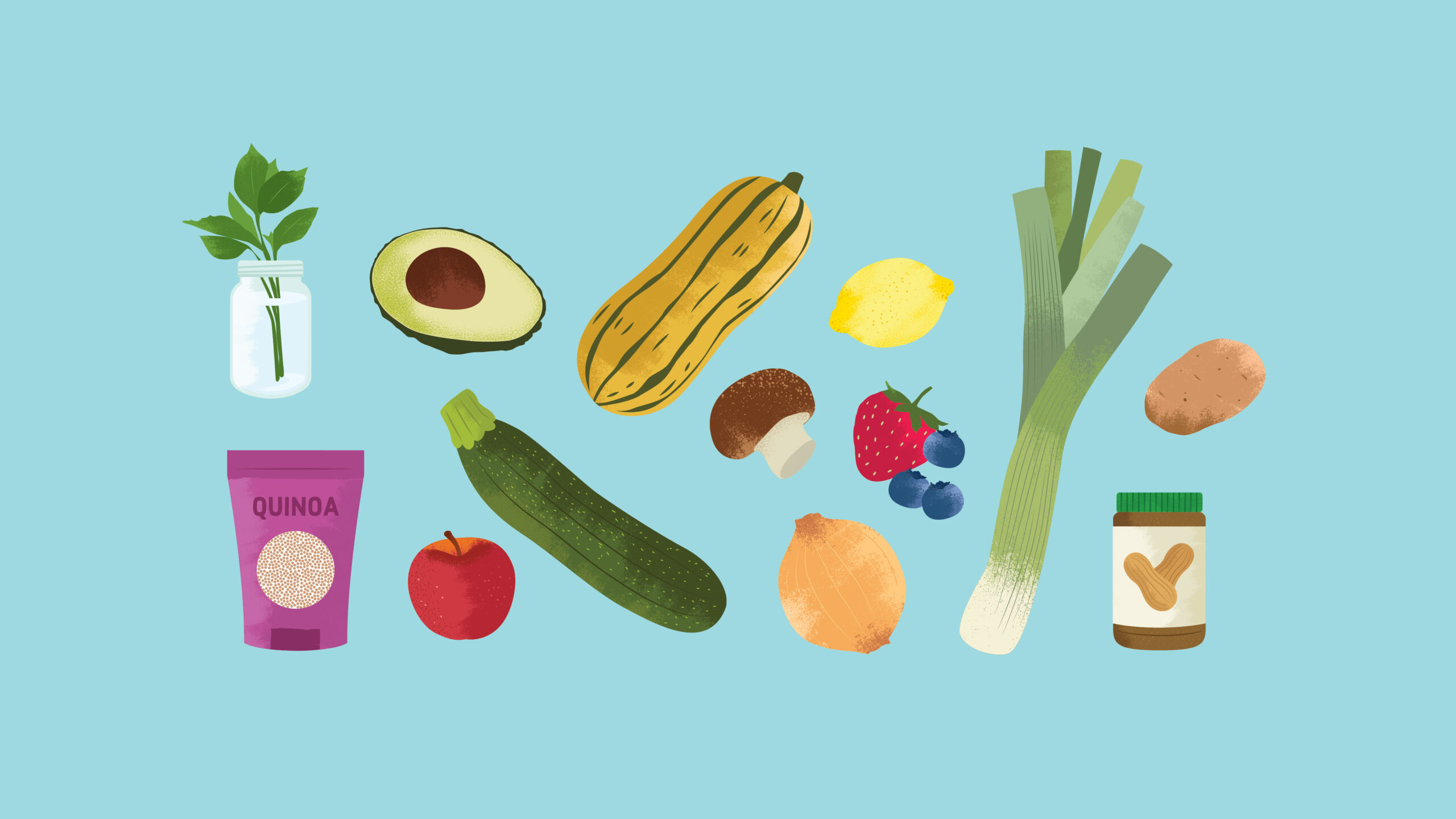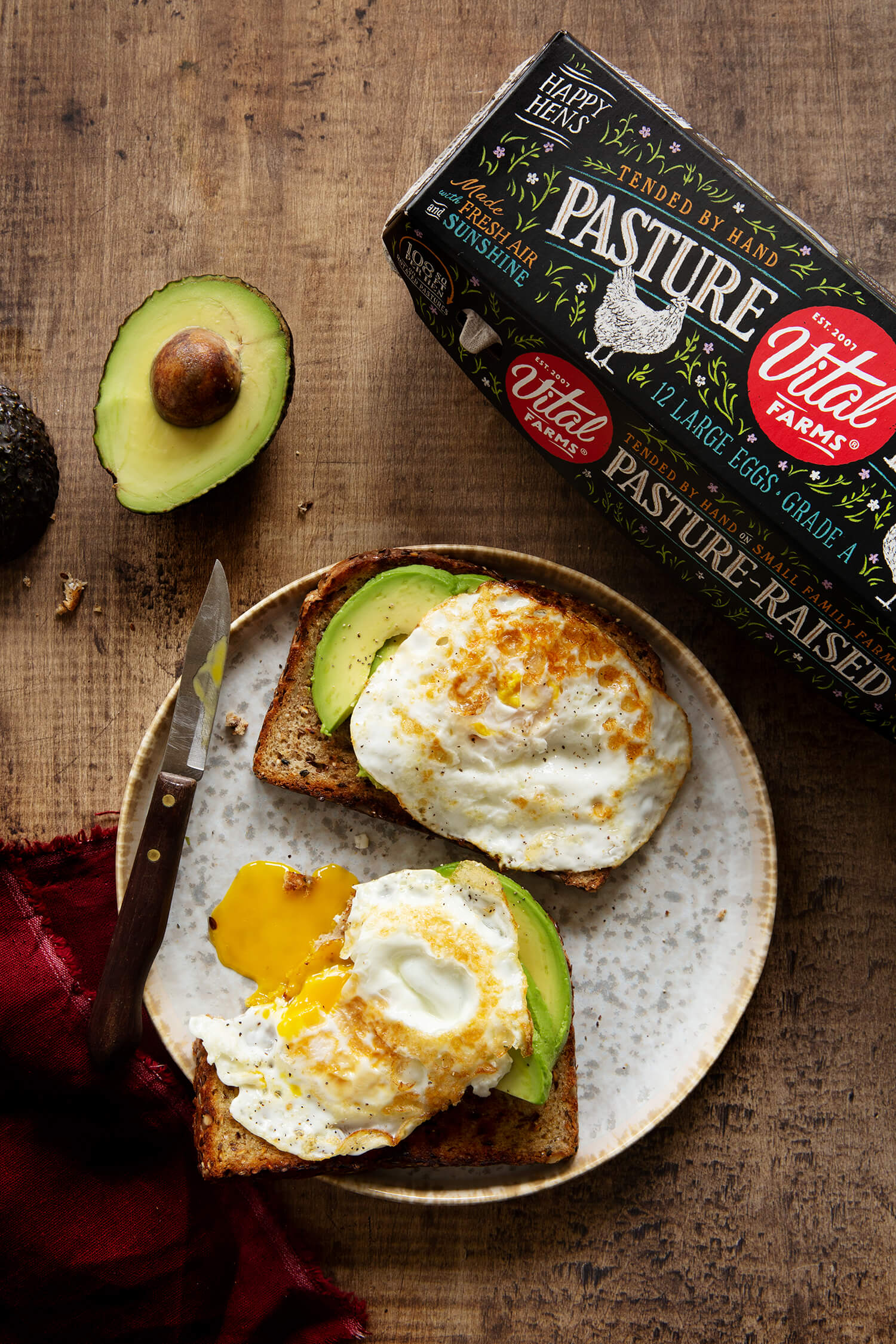When it comes to preventing food waste, sometimes the biggest struggle can be finding ways to make each piece of produce exciting. This requires being just as agile and inventive with fresh produce as you are with leftovers. The key to both is having a properly stocked pantry. Below are five ingredients that we think most people can and should use to boost their culinary arsenal.
1. Fish Sauce:
What it is: Salted and fermented small fish (usually anchovies–promise it’s tasty!)
Where you’ve had it: Thai and Vietnamese stir fries
Why you should use it: Fish sauce imparts an incomparable savory depth to dishes and fits into way more than just Asian stir fries. When used properly (a little bit goes a long way) you don’t taste the fishy funk that the bottle exudes, but rather a rich fullness of flavor. Learn to master fish sauce and other sources of the savory fifth flavor of umami and you are well on your way to becoming a master chef.
Suggested uses: Add a few teaspoons the next time you make a stew, stir fry, soup, or anything else where you want to boost the savory/meaty properties of a dish. Ever wonder why they add anchovies to Caesar? Even salad dressings can benefit from a teaspoon of fish sauce for extra depth.
2. Za’atar:
What it is: A blend of spices native to the Middle East, typically oregano, thyme, sumac, and sometimes sesame seeds.
Where you’ve had it: That hip new Mediterranean place
Why you should use it: The wild thyme and oregano in Za’atar add a unique earthy and herbaceous edge to food while the sumac adds an intriguingly sour note that can help accent and cut through rich flavors.
Suggested uses: Try thinly slicing an eggplant, drizzling with Za’atar, salt, and olive oil, and then roasting it at 450 degrees until the eggplant is crispy, meaty, and delicious. Za’atar forms a uniquely magical bond with the flavors of lamb and also makes an amazing addition to salad dressing and hummus. It’s also great for adding to plain Greek yogurt with a little olive oil for an easy, simple dip!
3. Miso:
What it is: Aged, fermented soybean paste
Where you’ve had it: Japanese food, especially miso soup
Why you should use it: Like fish sauce, miso is another remarkably versatile source of umami. The light (Shiro) miso is mild enough to complement most Western flavors without drawing attention to itself. In addition to being versatile and packing a savory punch, it’s also durable. Miso can live in your fridge indefinitely as it’s already fermented and is too salty to spoil.
Suggested uses: Add a tablespoon of miso to a meat marinade for extra depth or try adding a teaspoon to aioli for the ultimate dip/sandwich spread. When sautéing vegetables add a tablespoon of butter, tablespoon of miso, and a splash of wine or sake to create deliciously glazed vegetables. Combine miso with rice vinegar, thinly sliced green onions, minced ginger, and sesame seeds for an amazing salad dressing or dipping sauce for seafood.
4. Double Concentrated Tomato Paste:
What it is: Tomato paste cooked down to remove excess water
Where you’ve had it: Italian food and barbecue sauce
Why you should use it: Using double concentrated tomato paste (the one that comes in tubes!) is an efficient way to save time while building concentrated flavors. Starting with the extra concentrated paste lets you get the tomato flavor you are after without spending a lot of time and precious natural gas boiling off the water.
Suggested uses: Add a few tablespoons to a vegetable sauté to add a sweet, acidic edge to your dish, or as the start of homemade barbecue or tomato sauce. Slather onions, celery, and carrots, and garlic with tomato paste and roast over high heat in the oven to create a rich base for ragout, vegetable stock, or pizza sauce.
5. Dried Mexican Chiles (Such as Guajillo, Ancho, or Chipotle)
What they are: Ripe peppers that are dried and sometimes smoked.
Where you’ve had them: Many delicious Mexican or Southwestern soups, stews, and sauces
Why you should use them: Contrary to popular belief, most Mexican chiles are not primarily used for their spiciness, but because they impart a rich depth of flavors to dishes. Drying out chiles preserves them and intensifies their natural, earthy, sweet, nutty, and floral flavors. They’re the ultimate pantry staple as they last for months and can be a great secret weapon ingredient in everything from chili to veggie casseroles.
Suggested uses: A broad palate of dried chiles is the key to winning a chili cook off and also adds great flavor to slow-cooked taco fillings like chicken thighs or pork/beef shoulder. Throw a dried chile plus a few bay leaves into your next batch of beans and watch them take on new depth. To get the most out of dried chiles, lightly toast or sauté them before at the start of your cooking process. Experiment with a few different varieties to find your favorites! Guajillos have a rich, raisiny sweetness, Anchos are rich and earthy, while chipotles are wonderfully smoky.

